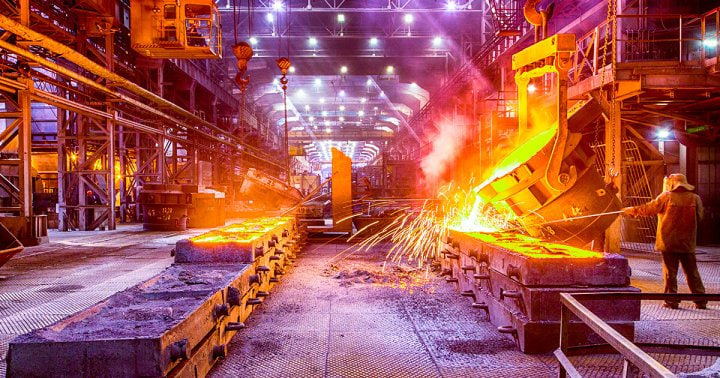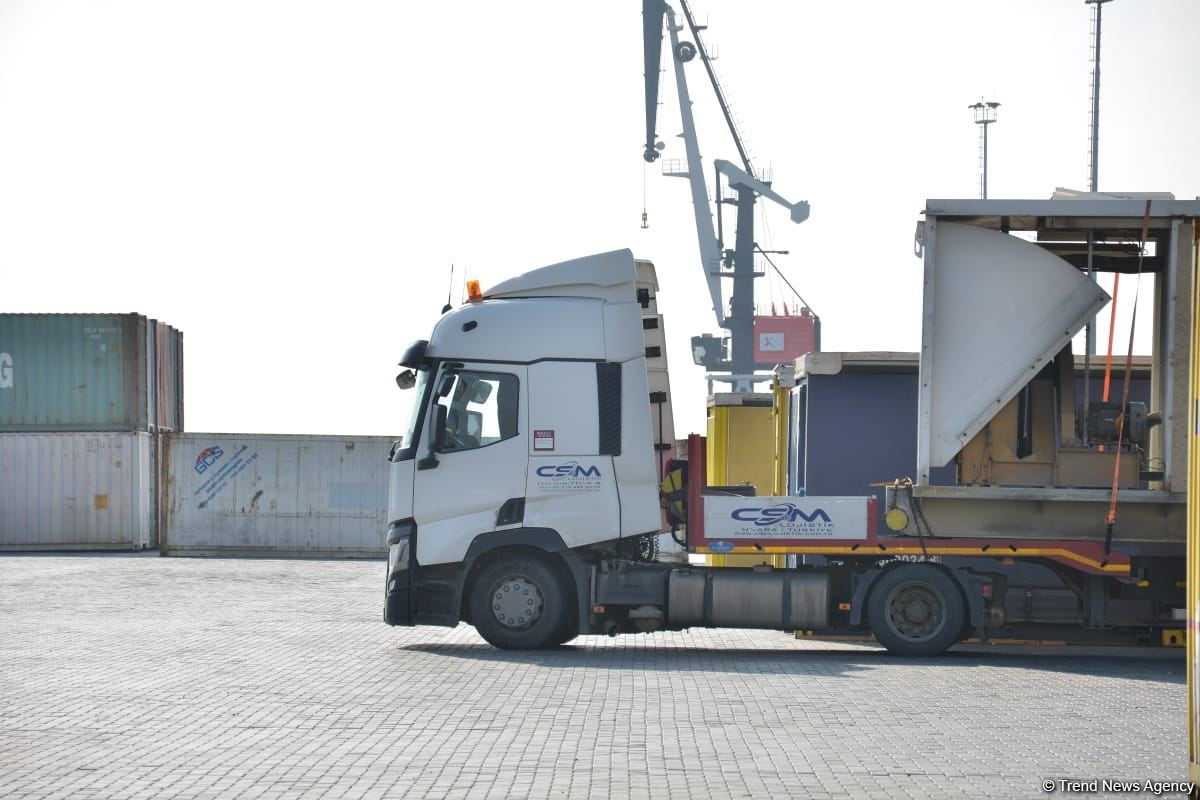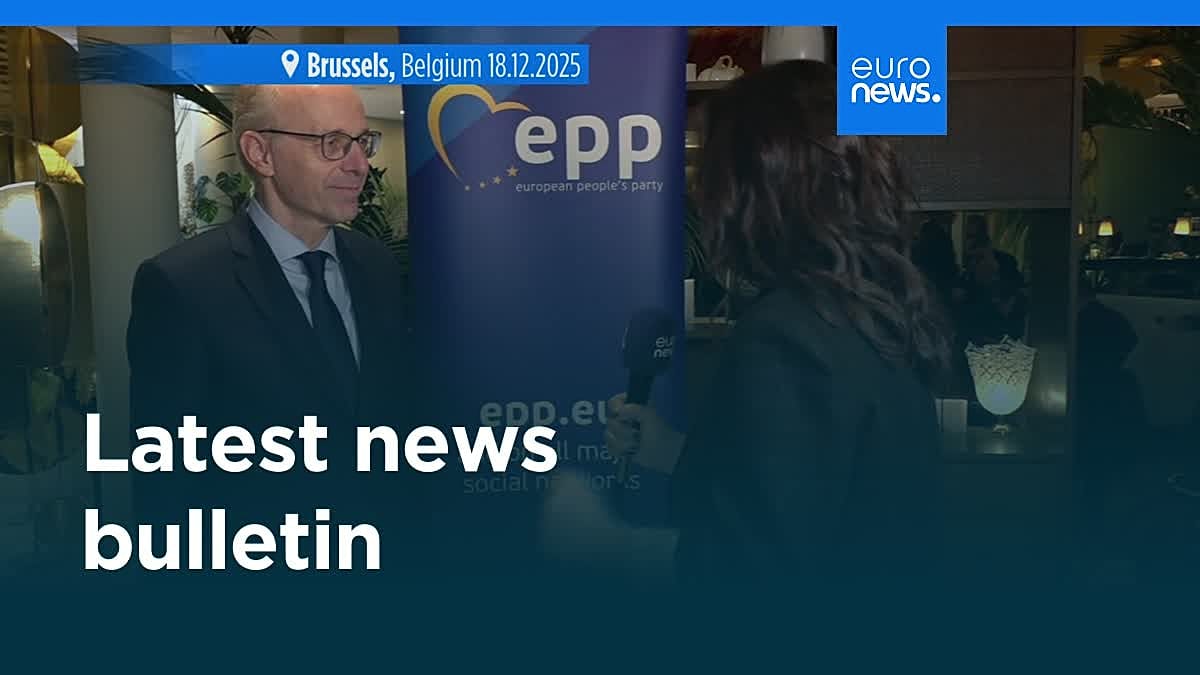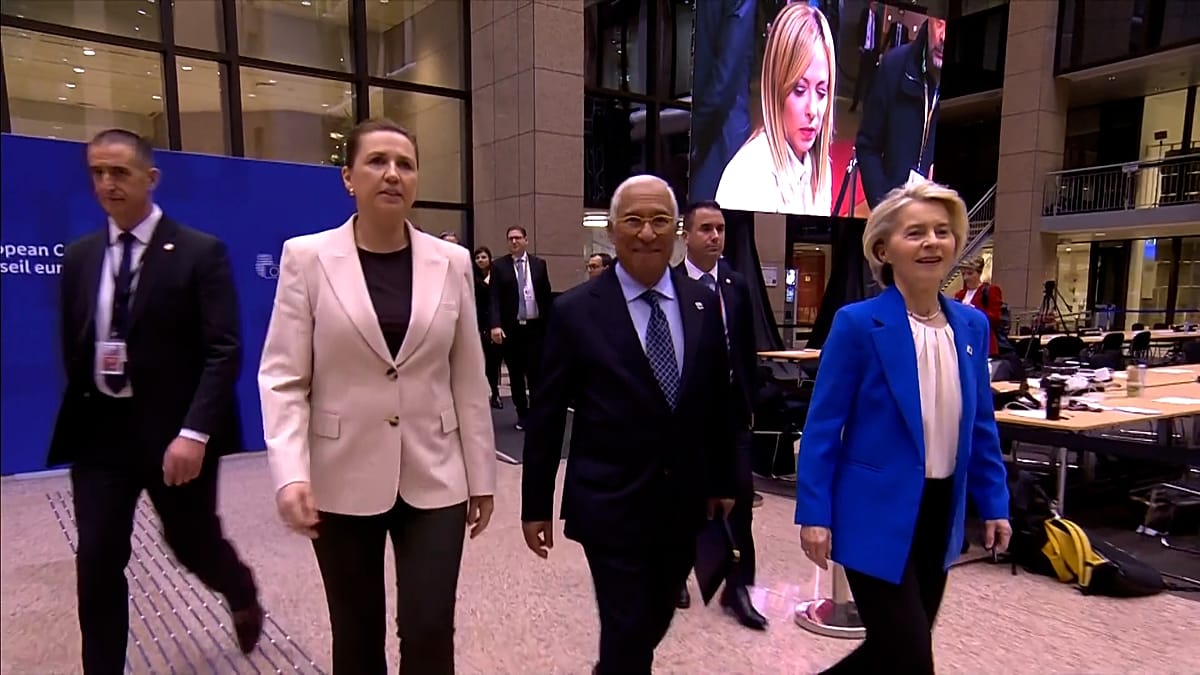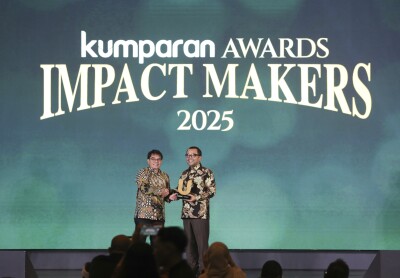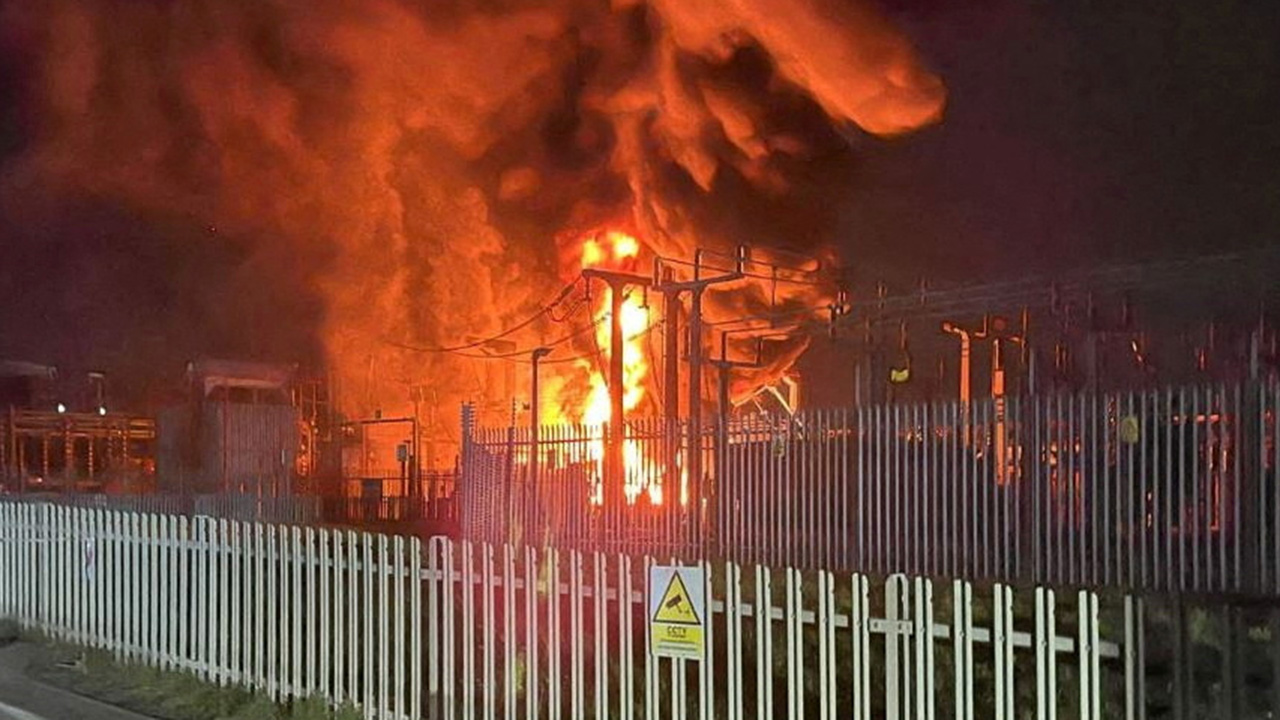Europe set to recycle battery materials for 2 million electric vehicles by 2030, driving industry innovation


With EU and UK recycling capacity at only 10% of 2030 targets, Dr. Umesh Tiwari at Malvern Panalytical shares how the industry can close the gap
As demand for electric vehicles soars, the environmental impact of battery production and disposal is under increasing scrutiny.
The 2023 EU Battery Regulation imposes stricter sustainability targets, requiring 50% lithium recovery by 2027 and 80% by 2031. By 2031, minimum recycled content levels must reach 16% for cobalt, 85% for lead, and 6% for lithium and nickel1. These regulations drive manufacturers to enhance recycling efficiency and adapt to evolving sustainability standards.
In the US and the UK, similar legislative movements are underway, with governments pushing for a circular battery economy to mitigate the environmental impact of electric vehicle waste.
While battery recycling moves into the spotlight amid tightening regulations and rising electric vehicle demand, Dr. Umesh Tiwari, Global Segment Manager in Energy and Environment at Malvern Panalytical, explains how advanced analytical solutions could make 2025 a breakthrough year for the industry.
Recycling capacity struggles to keep up with growing demand
Despite regulatory and technological advances, recycling capacity in the EU and UK is only a tenth of what’s needed by 20302, as the rapid growth of the electric vehicle market continues to outpace material recovery capabilities.
According to a report by Transport & Environment, Europe could generate enough recycled battery materials to support up to two million electric vehicles by 20303. However, high energy costs and limited financial backing cast uncertainty over reaching this goal.
Limited infrastructure and outdated recycling facilities further compound the issue, making it difficult to establish a fully sustainable supply chain. As the push for net-zero emissions continues, manufacturers and recyclers must find scalable solutions to close this gap.
Tech innovations driving efficiency
Recent technological advancements in electric vehicle battery recycling are making processes more cost-effective, efficient, and environmentally friendly.
New hydrometallurgical and direct recycling methods are enabling the extraction of critical metals like lithium, cobalt, and nickel with higher purity and lower energy use than traditional pyrometallurgical processes. As mining remains resource-intensive and environmentally harmful, recycling reduces reliance on virgin materials, lowers emissions, and supports a more sustainable, circular battery supply chain.
AI-driven sorting systems are improving the accuracy of separating battery components, leading to better recovery rates, the selective processing of high-cobalt batteries, and reduced contamination in recycled materials. These advancements result in lower operational costs and increased efficiency4.
Analytical solutions for battery manufacturing and recycling
Advanced analytical solutions are key to ensuring quality control and optimising battery recycling. Understanding challenges in manufacturing cathode and anode materials, as well as crystallographic defects, is essential for maintaining high production standards. Equally important is using cutting-edge instruments to monitor critical quality parameters.
Real-time elemental analysis of black mass, the material extracted from crushed electric vehicle batteries, is a major breakthrough in recycling. Technology such as the CNA Pentos system revolutionises battery material analysis with high-throughput, real-time capabilities. Using a unique D-T PFTNA electric neutron generator, it accurately determines black mass composition, helping recyclers maximise the recovery of valuable metals like nickel, cobalt, and copper while minimising waste.
As electric vehicle manufacturers and recyclers face growing sustainability demands, investing in technologies like CNA Pentos is crucial. These advancements drive a circular battery economy, reducing reliance on newly mined materials and lowering environmental impact.
Dr. Umesh Tiwari, Global Segment Manager in Energy and Environment at Malvern Panalytical, says:
“The path to a truly circular battery economy hinges on our ability to recover and reuse critical materials both efficiently and sustainably. As regulatory pressure intensifies and electric vehicle adoption accelerates, 2025 stands to be a pivotal year where technology, policy, and industry collaboration converge.
“Advanced analytical solutions, like real-time, high-precision elemental analysis of black mass, are becoming essential tools. These tools bridge the gap between lab innovation and large-scale industrial application, helping recyclers optimise material recovery, lower energy use, and reduce operational costs.
“Just as crucially, they enable the transparency and traceability needed to meet evolving compliance requirements and ESG expectations.”
The post Europe set to recycle battery materials for 2 million electric vehicles by 2030, driving industry innovation appeared first on European Business & Finance Magazine.


